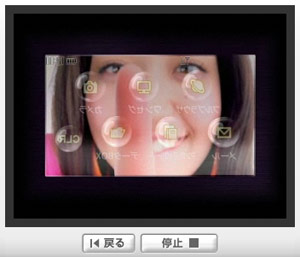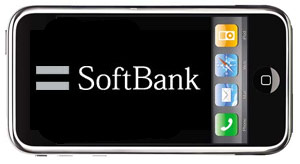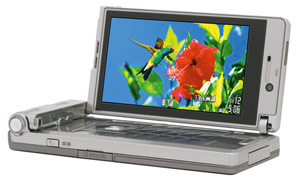Tokyo Game Show 2008
Here we go again! TGS 2008 is gearing up for what will clearly be yet another great event with 180,000 expected delegates attending the show which runs October 9-12 at Makuhari Messe. Organized by the Computer Entertainment Supplier’s Association (CESA), this ‘must see’ tradeshow estimates 170 exhibitors will fill 1,550 booths with nothing but the best in next-generation gaming products. See our video coverage from 2007 Here.



 So the dawn of a 3G iPhone approaches on June 9th as Steve Jobs is
So the dawn of a 3G iPhone approaches on June 9th as Steve Jobs is  DoCoMo just
DoCoMo just